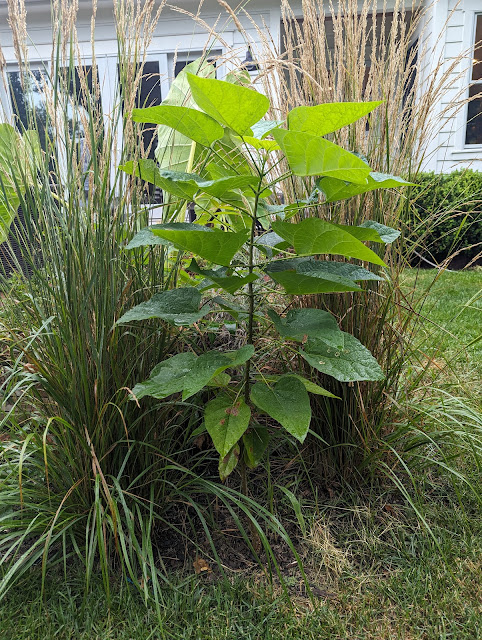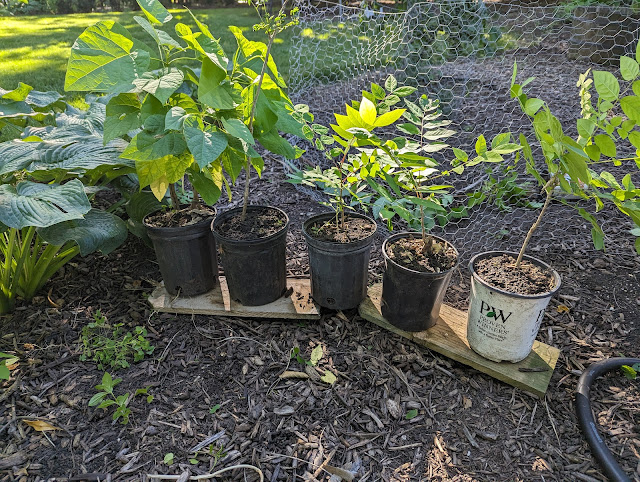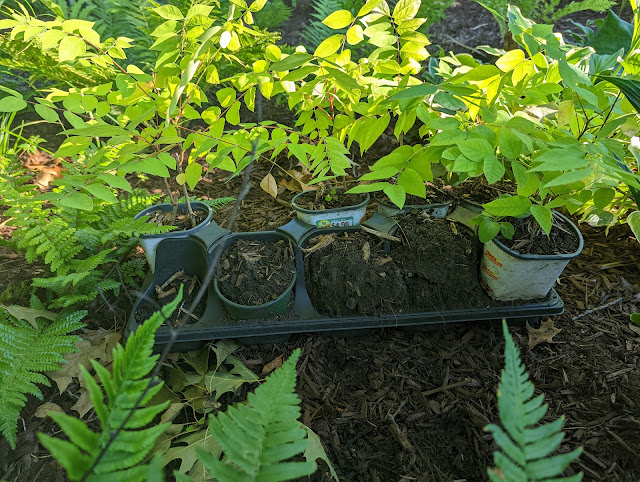Potting Up Zinnia Seedlings In Vertical Garden - July 2025

The flats of Zinnias that I planted from seed have been hanging around on our patio for weeks. Ready to pot-up into their final destination. I grew three varieties this year - Envy, State Fair and Cut-and-Come-Again in eight-cell recycled containers that I scavenged from some annuals. I was waiting for the Zinnias to put on multiple sets of 'real leaves' before transplanting them, but then I got busy and probably waited to long. Here are some photos of the process - from cells to Greenstalk vertical garden. This is a tiny example of "Flower Farming" in a small space with vertical gardening beds. Last year, I grew a number of Zinnias in this Greenstalk successfully . This year, I'm leaning into it way more. They started to bloom in late August last year - after being direct sown. This post is going up in July, but this process happened at the end of June. This is about two weeks ago. I added in some new potti...











